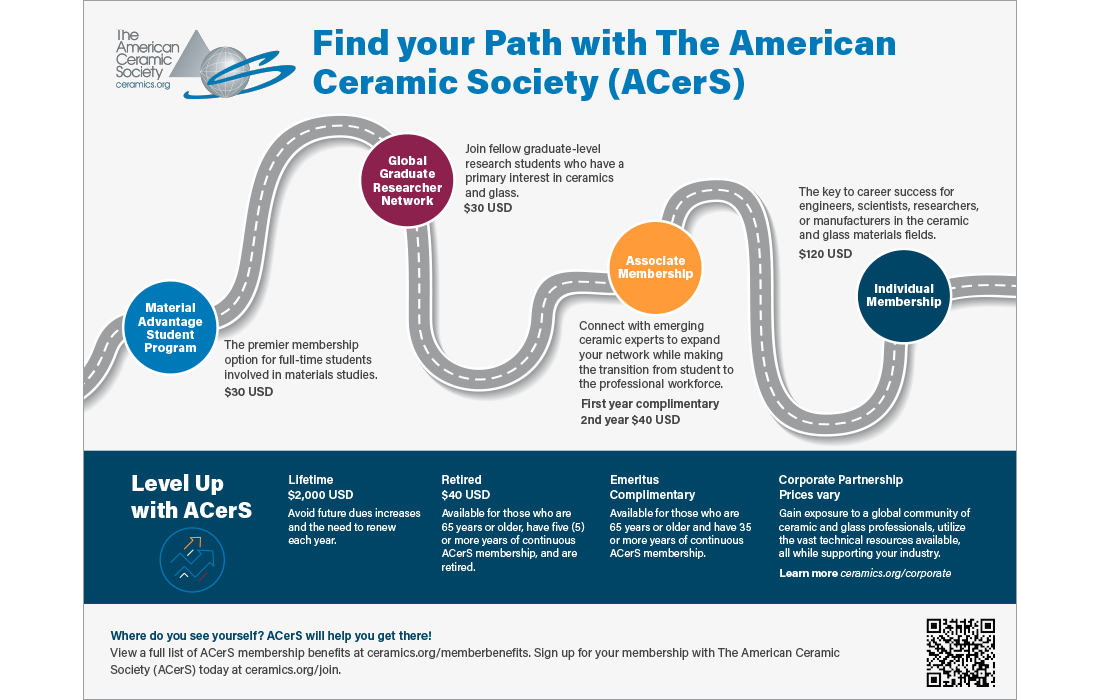
Influence of ceramics on mood:
Nok relief modeling exercise benefits Nigerian inpatients
bulletin | feature

Relief models based on images of Nok terracotta figures, created by inpatients with mood disorders at a Nigerian mental health facility.
Credit: Esther Dokyoung
Ceramic-based arts are an effective tool for stimulating emotional development and self-reflection in people with mental disorders. A case study in Nigeria demonstrated its benefits through a relief modeling exercise held at three mental health facilities.
By Esther Dokyoung
The global rise in people diagnosed with mental disorders has exposed the paucity of resources and strategies to treat these conditions.1
Mental disorders are clinically significant disturbances in an individual’s cognition, emotional regulation, or behavior. Mood disorders, such as depression and bipolar disorder, are the most common type of mental disorder. People who suffer from mood disorders have a lower quality of life, reduced functioning, and significant levels of emotional and social distress.
While verbal communication plays a key role in many treatment strategies for mood disorders, the ability of arts-based activities to improve mental wellbeing is increasingly recognized by academics and health professionals.2 Ceramic art specifically is an effective tool because, unlike the conventional art techniques of drawing and painting, clay-based art requires a person to touch the material with their hands. This unique sensory experience is more effective in terms of reducing depression levels, improving daily functioning, and maintaining holistic well-being.3
Considering these benefits—and the fact that clay is more affordable than other art materials—ceramics can serve as an accessible and effective treatment strategy for mood disorders in areas that lack access to cutting-edge treatments and technologies. For example, in Nigeria, communities have limited access to available and affordable mental health services.4,5
This article describes a study carried out at three mental health facilities in Jos, Nigeria. Inpatients at these facilities were given the opportunity to create relief models of Nok terracotta figures.
ADVERTISEMENT
Nok terracotta: A window into ancient Nigerian art and culture
In 1928, archeologists uncovered unique terracotta figures in the southern Kaduna State of Nigeria. These figures, which are known for their distinctive human heads (Figure 1), belonged to a then-unknown culture now known as the Nok, in reference to the village where the figures were found.
Nok terracotta has since won appreciation on a global scale because it is the first known example of a West African culture to produce such art. Due to its importance within Nigeria’s cultural history, Nok terracotta is perfectly positioned to serve as the basis for new ceramic-based art programs in Nigeria.
Nok relief modeling exercise
The Nok relief modeling exercise took place at Quintessential Healthcare Center, Jos University Teaching Hospital, and the Substance Abuse and Rehabilitation Center at Vom Christian Hospital. The study, which was carried out following approval from each facility’s respective ethics committee, involved the participation of 31 male and nine female patients between the ages of 18 to 44, who were undergoing continuing care for diverse mood disorders. The exercise was offered as a recurring activity at each facility during several different periods between February 2020 and May 2021.
The first stage of the exercise involved teaching participants about the relief modeling process, which transforms images of Nok terracotta figures into relief models, or flat sculptures that project slightly from the background. The process begins by placing the images on gypsum plaster molds, where they are then traced with a pen, pencil, or dull anvil point onto the plaster. A reduction process etches away the excess plaster, leaving behind a mold to mass produce relief models from clay, which the participants can then paint.
During the learning stage, participants watched recorded and live demonstrations of the relief modeling process and handled some of the relief models. They then had the opportunity to perform the relief modeling process themselves, though not all took the opportunity. Upon conclusion of the study, participants were categorized into four groups based on their level of engagement with the exercise (Figure 2).
The Nok relief modeling exercise took place alongside other continuing care activities at the mental health facilities, such as music and sports. Participants also still received medication, pastoral counseling, and participated in a 12-step recovery program during the time of the study.

Figure 1. Example of a Nok terracotta figure, displayed in the Cleveland Museum of Art.
Credit: Sailko, Wikimedia (CC BY 3.0)

Figure 1. Example of a Nok terracotta figure, displayed in the Cleveland Museum of Art.
Credit: Sailko, Wikimedia (CC BY 3.0)
Figure 2. Breakdown of how participants engaged in the Nok terracotta relief modeling exercise. Onlookers were regular attendees in class but did not create relief models themselves. Passive producers did not initially make relief models but decided to try after watching others. Active producers eagerly participated in the making of relief models. Creative producers went beyond the basic models that were demonstrated during the learning stage.
Credit: Esther Dokyoung
Influence of Nok relief modeling on mood
A written survey, face-to-face interviews, and analysis of participants’ facial expressions and vocal tones were used to determine if the Nok relief modeling exercise helped participants experience a positive change in their moods.
Mood assessed from survey
Direct questioning of participants on their knowledge of Nok terracotta during the exercise indicated that 70% did not have any prior knowledge of Nok terracotta. Additionally, only one person reported having knowledge of relief modeling processes, which meant more than 95% of participants were learning about relief modeling for the first time.
Participants initially found the Nok relief modeling exercise challenging, and 30% quit before the end of the study for this and other reasons. Those who attended at least four sessions, however, responded to the written survey (Table 1).
The participants reported that the exercise greatly increased their knowledge of Nok relief modeling, with 90% reporting “very influenced” or “extremely influenced” on Question 2.
Additionally, 90% of participants reported that the ability to produce a ceramic piece influenced their mood “very” or “extremely” positively on Question 4. This effect on the participant’s self-efficacy was confirmed through a Pearson product moment correlation performed on the survey data.6
The overwhelmingly positive reception to the exercise is likely due in part to the fact that all learning styles were accounted for during the exercise: visual and auditory learning through the recorded and live demonstrations, plus tactile exposure by making relief models themselves.

Caption
Credit:
Mood expressed from the narratives
Participants expressed a positive view of themselves in conversations held during the Nok relief modeling exercise and afterward. Some said the exercise helped them to find “hope” and “self-worth” by being aware of their abilities, and many said they wished the study could continue after its conclusion.
On the other hand, some participants said the exercise required a time commitment that was challenging. For example, one participant said he missed his wife and wanted to return home, but he stayed to finish the exercise.
By week four of the study, some participants expressed boredom from only producing Nok relief models; they wanted other motifs to use as models. They were content to continue, though, after it was explained to them that only Nok terracotta figures could be used because of the study’s experimental design. However, images of additional Nok terracotta figures were introduced as options for relief models.
Mood identified through facial expressions and vocal tones
Analysis of the facial expressions and vocal tones of participants in the Nok relief modeling exercise pointed toward the exercise having positive effects on participants’ moods, with surprise, satisfaction, and anticipation being some of the expressions identified. Even some who appeared bored or tired during the learning stage were later seen producing a model and showing interest.
In the cases where a participant did not appear to be enjoying the exercise, it was typically caused by events outside the exercise and not due to the exercise itself. For example, some participants said they wanted to be discharged from the hospital and go home.
Color and creativity as expressions of mood
The color and creativity of the Nok relief models also served as an indicator of the participants’ moods. For example, participants with bipolar disorder chose colors toward the brighter side, while participants with depression chose very dark colors, such as black-on-purple or plain dark brown. Strange color combinations that resulted from repeatedly layering several colors over each other suggested a state of mental confusion. These observations align with Friedmann’s findings that the choice of color can reveal personality and mood.7
Conclusions
Results from the survey, interviews, and facial and tonal evaluations indicate the Nok relief modeling exercise had an overall positive influence on the participants’ moods. These benefits were due not only to the materials used and the cultural significance of the figures, but also because the exercise took place within a supportive, communal environment. Thus, this study supports the notion that ceramic-based arts should be adopted more widely as a strategy for continuing care treatment of mood disorders.
About the author:
Esther Dokyoung is a doctoral candidate at Abubakar Tafawa Balewa University, Bauchi, Nigeria. She also teaches ceramics in the Department of Industrial Design at Modibbo Adama University, Nigeria. Contact Dokyoung.
SIDEBAR
Sidebar Headline
Text
READ MORE

Caption
Credit: XXX
XXX
